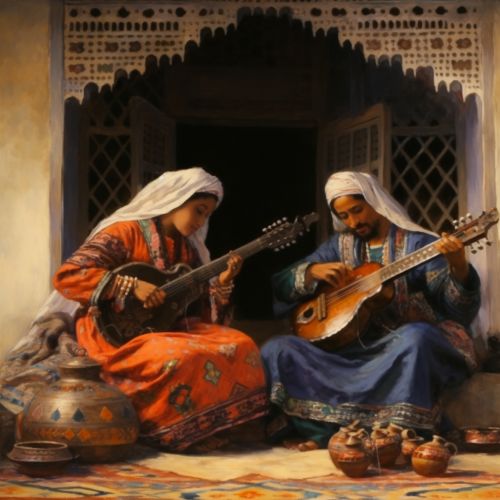MOROCCO
Geography
Located in the northwestern corner of the African continent, Morocco is bordered by the Atlantic Ocean and the Mediterranean Sea to the west and north, and by Algeria and Western Sahara to the east and south. With an area of 446,550 square kilometers, Morocco ranks as the world's 57th largest country. Its diverse geography encompasses coastal plains in the west and north, mountainous regions in the center and south, and desert areas in the southeast, specifically the Sahara Desert.
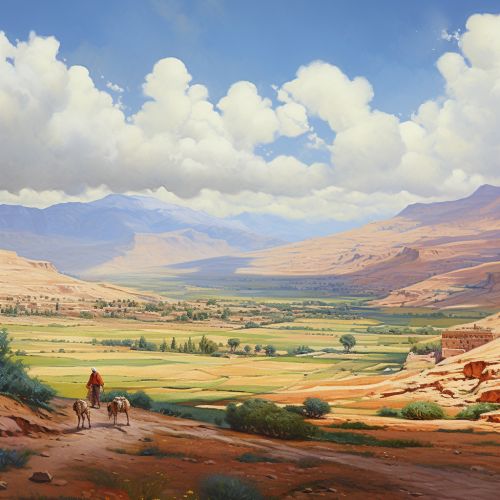
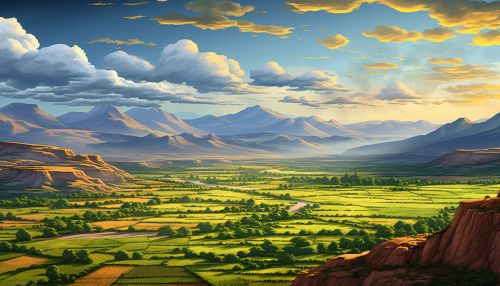
Climate
Morocco's climate varies greatly depending on the region. The coastal regions experience a Mediterranean climate characterized by mild, wet winters and hot, dry summers. In contrast, the interior regions have a continental climate with more extreme temperature variations. The Atlas Mountains, a significant geographical feature of Morocco, are cooler and receive more precipitation, while the southeastern part of the country is arid and desert-like, forming part of the Sahara Desert.
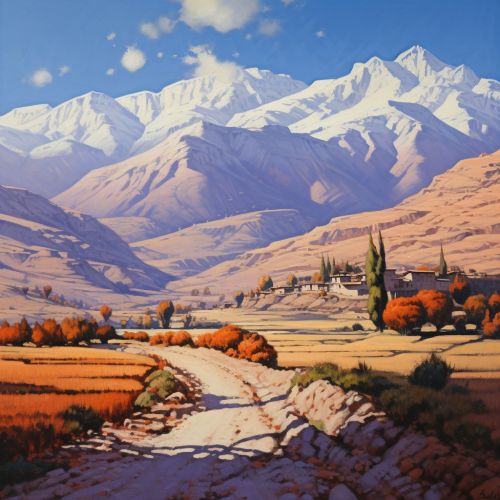
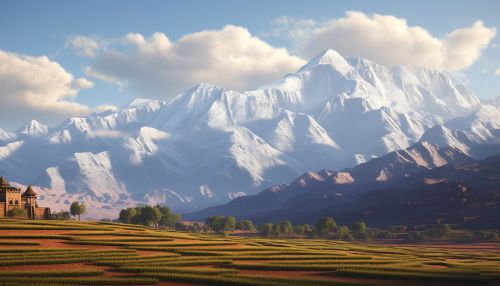
History
The history of Morocco spans thousands of years, dating back to prehistoric times. The area was initially inhabited by Berbers, an ethnic group native to North Africa, long before the arrival of Arab tribes in the 7th century. The country has been ruled by a series of independent dynasties, commencing with the Idrisid dynasty in the 8th century. Morocco was under French and Spanish protectorate from 1912 until 1956, when it regained independence.

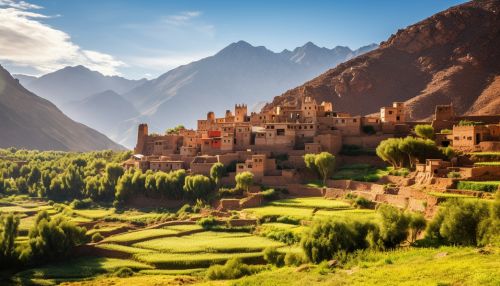
Politics
Morocco operates under a constitutional monarchy with a parliamentary system. The King of Morocco wields vast executive powers, including the ability to dissolve the Parliament. Legislative power is vested in the two chambers of Parliament, the House of Representatives and the House of Councillors. The politics of Morocco are influenced by various factors, including the military, the monarchy, political parties, and religious institutions.

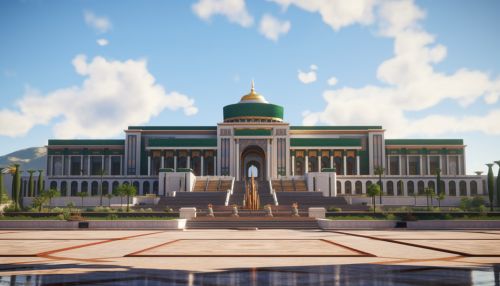
Economy
The Moroccan economy is a mixed economy, with both private and state sectors. The main sectors include agriculture, mining, and manufacturing. Morocco is the world's largest exporter of phosphates and its derivatives. The country has also seen a growing tourism sector, with visitors attracted to its historic cities, beautiful landscapes, and rich culture.
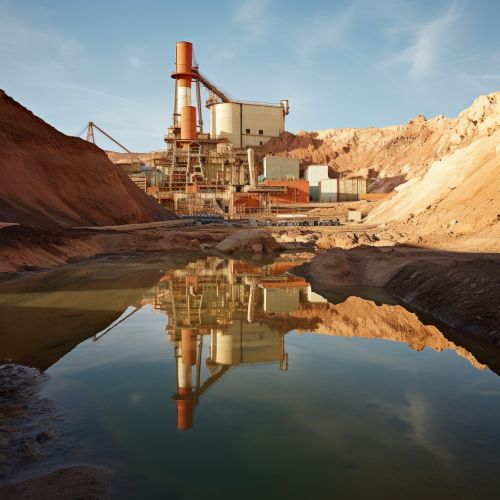
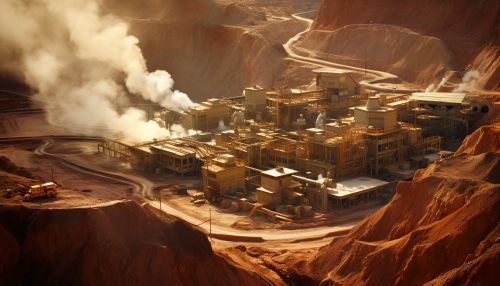
Culture
Moroccan culture is a vibrant blend of Berber, Arab, French, and other influences. The country is renowned for its food, music, literature, and art. Traditional Moroccan music encompasses a variety of styles, from Berber folk music to Andalusian classical music. Moroccan literature has a rich history, with works written in Arabic, Berber, and French.
